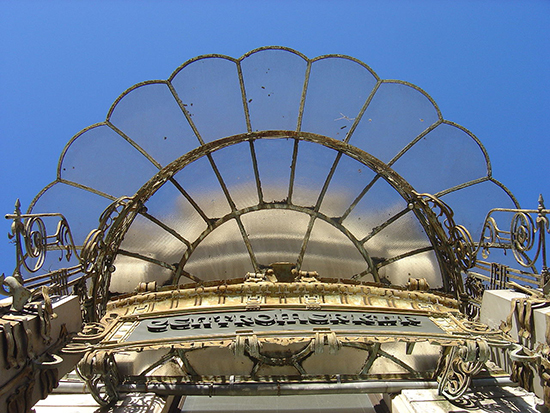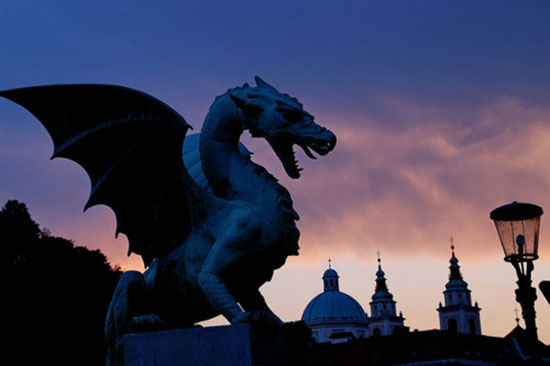Budapest is a unique city with its blend of new and old. This eclectic mix of ancient and modern makes the city an architectural paradise. Walk down nearly any street, and you’re sure to find some architectural marvel. From crumbling Roman ruins to the elegance of Gothic and Renaissance eras, from fascinating ottoman baths and mosques to Baroque churches and Classicist symmetry, the architecture of Budapest is a marvel.
While you can hardly walk a mile without seeing one of these examples, there are a few places you really can’t miss. These buildings stand out from an already prominent architectural crowd, making them spots that no architecture buff will want to miss.

The National Theater
The 619-seat National Theater was designed by architect Mária Siklós and was inaugurated on March 15, 2002. It was built to replace Hungary’s old National Theater that was torn down by the ruling Communist government in 1964.
The new theater sits along the banks of the Danube, between Soroksári road, the Grand Boulevard and the Lágymányosi Bridge. The building itself is fascinating, and the surrounding park is beautiful, dotted with tributes to the Hungarian drama and film industry.
The Palace of Arts
This imposing structure sprawls over 10,000 square meters, and has become the cultural hub of the city. The Palace is home to Béla Bartók National Concert Hall, the Ludwig Museum and the Festival Theatre, making it a bustling hub of music, dance, and even children’s activities. Sleek columns support towering ceilings, and a breathtaking panoramic terrace overlooks vast swathes of the city.
Uránia National Movie Theatre
The Uránia structure combines Eastern Moorish and Venetian Gothic styles of architecture. It stands out as a beautifully unique landmark in the city, with its white façade and stunning arched windows and balconies.
Uránia is the site of the first Hungarian film production, as well as the first film screening in the country. Today, Uránia hosts cultural events and film festivals, and is a showcase for Hungarian films.
The Church of St. Anne
With myriad churches scattered throughout the city, St. Anne often goes unnoticed. For architecture buffs however, this spot is a must-see, as it is considered to be one of the most stunning examples of Baroque architecture in Budapest.
Construction of the church began in 1740, and took a full 21 years to complete. During the 20th century, extensive restoration was done, and the church is now back to its former glory. Don’t miss the church’s stunning frescoes designed by Pal Molnar C.
The Tomb of Gül Baba
A tomb rarely stands out as an architectural marvel; however, Gül Baba’s octagonal tomb dares to challenge that trend. The Ottoman Bektashi dervish poet was a close companion to Sultan Suleiman the Magnificent. On Gül Baba’s death, the Sultan declared him patron saint of the city.
The tomb was built between 1543 and 1548, and is a fascinating example of Ottoman architecture. The eight stonewalls support a shallow domed roof covered with lead plates and wooden tiles.

 English
English Français
Français Deutsch
Deutsch Italiano
Italiano Español
Español
